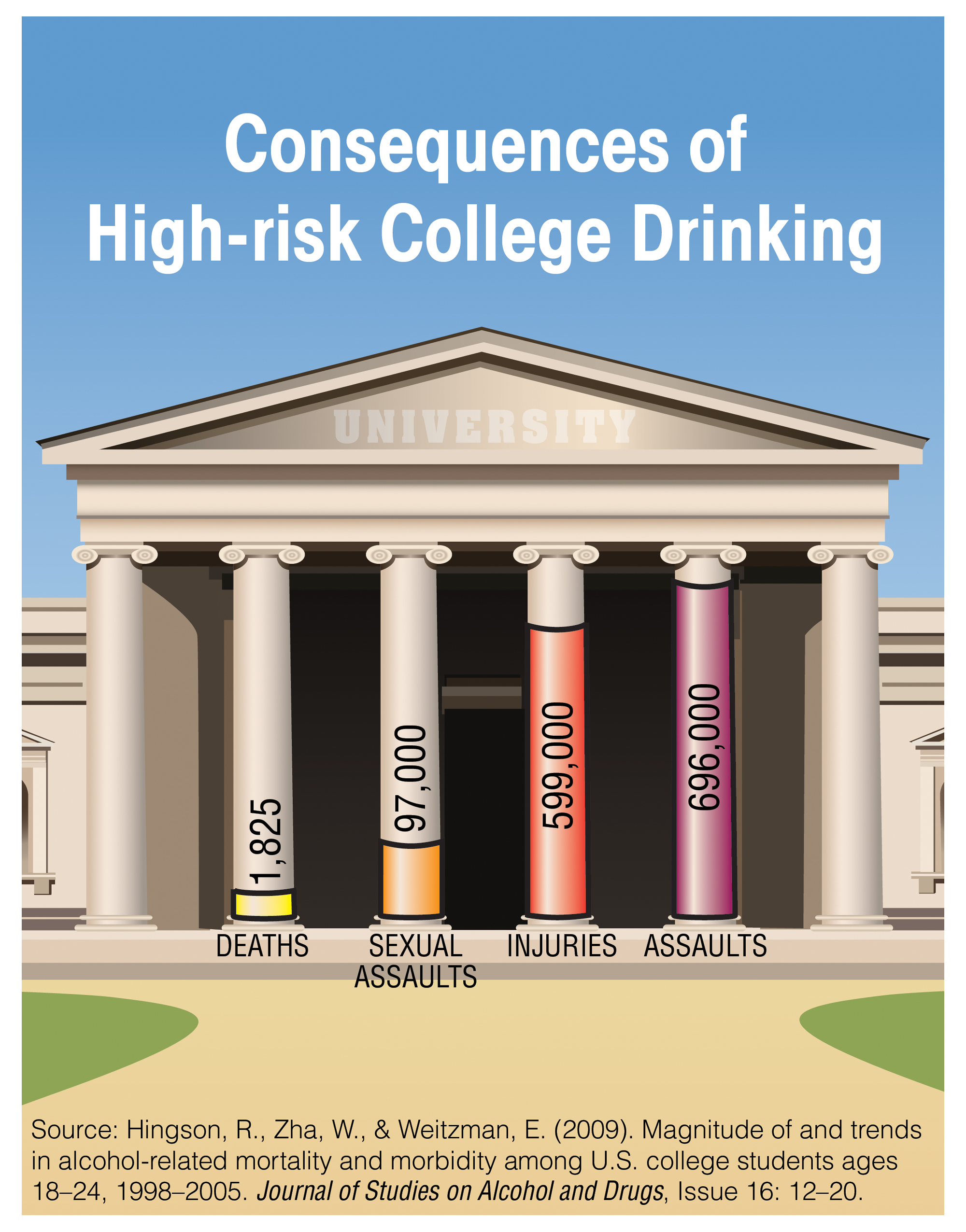9.15: Text- Where to Go for Help
- Page ID
- 59591
\( \newcommand{\vecs}[1]{\overset { \scriptstyle \rightharpoonup} {\mathbf{#1}} } \)
\( \newcommand{\vecd}[1]{\overset{-\!-\!\rightharpoonup}{\vphantom{a}\smash {#1}}} \)
\( \newcommand{\id}{\mathrm{id}}\) \( \newcommand{\Span}{\mathrm{span}}\)
( \newcommand{\kernel}{\mathrm{null}\,}\) \( \newcommand{\range}{\mathrm{range}\,}\)
\( \newcommand{\RealPart}{\mathrm{Re}}\) \( \newcommand{\ImaginaryPart}{\mathrm{Im}}\)
\( \newcommand{\Argument}{\mathrm{Arg}}\) \( \newcommand{\norm}[1]{\| #1 \|}\)
\( \newcommand{\inner}[2]{\langle #1, #2 \rangle}\)
\( \newcommand{\Span}{\mathrm{span}}\)
\( \newcommand{\id}{\mathrm{id}}\)
\( \newcommand{\Span}{\mathrm{span}}\)
\( \newcommand{\kernel}{\mathrm{null}\,}\)
\( \newcommand{\range}{\mathrm{range}\,}\)
\( \newcommand{\RealPart}{\mathrm{Re}}\)
\( \newcommand{\ImaginaryPart}{\mathrm{Im}}\)
\( \newcommand{\Argument}{\mathrm{Arg}}\)
\( \newcommand{\norm}[1]{\| #1 \|}\)
\( \newcommand{\inner}[2]{\langle #1, #2 \rangle}\)
\( \newcommand{\Span}{\mathrm{span}}\) \( \newcommand{\AA}{\unicode[.8,0]{x212B}}\)
\( \newcommand{\vectorA}[1]{\vec{#1}} % arrow\)
\( \newcommand{\vectorAt}[1]{\vec{\text{#1}}} % arrow\)
\( \newcommand{\vectorB}[1]{\overset { \scriptstyle \rightharpoonup} {\mathbf{#1}} } \)
\( \newcommand{\vectorC}[1]{\textbf{#1}} \)
\( \newcommand{\vectorD}[1]{\overrightarrow{#1}} \)
\( \newcommand{\vectorDt}[1]{\overrightarrow{\text{#1}}} \)
\( \newcommand{\vectE}[1]{\overset{-\!-\!\rightharpoonup}{\vphantom{a}\smash{\mathbf {#1}}}} \)
\( \newcommand{\vecs}[1]{\overset { \scriptstyle \rightharpoonup} {\mathbf{#1}} } \)
\( \newcommand{\vecd}[1]{\overset{-\!-\!\rightharpoonup}{\vphantom{a}\smash {#1}}} \)
Here’s a simple way to think about substance use and abuse: If your use of drugs or alcohol is interfering with your life—negatively affecting your health, work, school, relationships, or finances—it’s time to quit or seek help. People who are addicted to a substance continue to abuse even though they know it can harm their physical or mental health, lead to accidents, or put others in danger. The following video dispels some myths about who is at risk of addiction:
Know that first six weeks of the first semester is an especially critical and vulnerable time for most first-year students. Because lots of students get into the habit of drinking heavily and partying during these early days of college, there’s a risk that excessive alcohol consumption will interfere with successful adaptation to campus life. The transition to college is often difficult, and about one-third of first-year students fail to enroll for their second year.
If you are concerned about your drug or alcohol use, or you need help quitting, visit the student health center or talk with your college counselor. These folks are there to help you—it’s their job to provide information and support.
If you need additional resources or help, the following are good places to check:
- Drug Information Online
- Drug and Alcohol Treatment Hotline: 1-800-662-HELP
- College Success. Provided by: Lumen Learning. License: CC BY: Attribution
- Anyone Can Become Addicted to Drugs. Authored by: National Institute on Drug Abuse (NIDA/NIH). Located at: https://youtu.be/SY2luGTX7Dk. License: All Rights Reserved. License Terms: Standard YouTube License
- Consequences of High-Risk College Drinking. Provided by: US Department of Health and Human Services. Located at: https://www.stopalcoholabuse.gov/resources/infographics/_images/University_Graph.png. Project: Stop Underage Drinking. License: Public Domain: No Known Copyright



